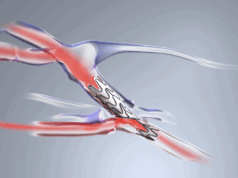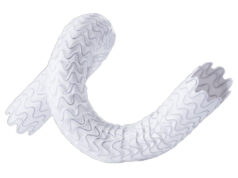 Published in the Clinical Journal of the American Society of Nephrology (CJASN), a new report has examined the timing of initiation of kidney replacement therapy (KRT), including both dialysis and transplantation, in children and young adults. The findings of the study, which was led by Nicholas Larkins (Perth Children’s Hospital, Nedlands, Australia), suggest that younger patients initiating KRT earlier do not achieve significantly better outcomes.
Published in the Clinical Journal of the American Society of Nephrology (CJASN), a new report has examined the timing of initiation of kidney replacement therapy (KRT), including both dialysis and transplantation, in children and young adults. The findings of the study, which was led by Nicholas Larkins (Perth Children’s Hospital, Nedlands, Australia), suggest that younger patients initiating KRT earlier do not achieve significantly better outcomes.
Larkins and colleagues make the claim that there is little in the way of evidence for deciding when to begin KRT in children, arguing that there are “no randomised trials” on the question. In that vein, the authors of this study “sought to define trends and predictors” of estimated glomerular filtration rate (eGFR) at initiation of KRT and its relationship with rates of patient survival. They also examined variation in clinical practice across centres.
The study drew on data for 2,274 children and young adults (1–25 years) in the Australia and New Zealand Dialysis and Transplant Registry, and its authors detail that they developed estimates of the association between eGFR upon beginning KRT for these patients and several covariates using quantile regression. Among them was its association with patient survival, which was analysed using Cox regression, while clinical practice variation was quantified through use of logistic regression which categorised eGFR around a value of 10ml/min/1.73m2.
The authors state that they found “no association” between eGFR at therapy initiation and survival (hazard ratio [HR] 1.01 per ml/min/1.73m2; 95% confidence interval [CI]: 0.98 to 1.04). They make the claim that 6% of the total variance in the likelihood of initiating KRT earlier was down to centre variation, a rate which “rose to over 10% when comparing paediatric centres alone”. They add that the median eGFR of the patients included increased from 7ml/min/1.73m2 to 9ml/min/1.73m2 over the study period, and the 90th centile from 11ml/min/1.73m2 to 17ml/min/1.73m2.
“The effect of era on median eGFR was modified by modality,” they explain, and they detail that there was a greater increase in the cases of pre-emptive kidney transplant (1.0ml/min/1.73m2 per 5 years; 95% CI: 0.6–1.5) and peritoneal dialysis (0.7ml/min/1.73m2 per 5 years; 95% CI: 0.4–0.9) compared to haemodialysis (0.1ml/min/1.73m2 per 5 years; 95% CI: -0.1 to 0.3).”
From these data, Larkins et al conclude that younger children and young adults initiated KRT “progressively […] earlier”, and that the effect was particularly notable in those children who received a pre-emptive transplant or peritoneal dialysis—and that much of the differences in clinical practice were simply down to centre variation. They note, however, that earlier initiation of transplant and dialysis, whether peritoneal or haemodialysis, did not produce statistically significantly better survival outcomes for these patients.











